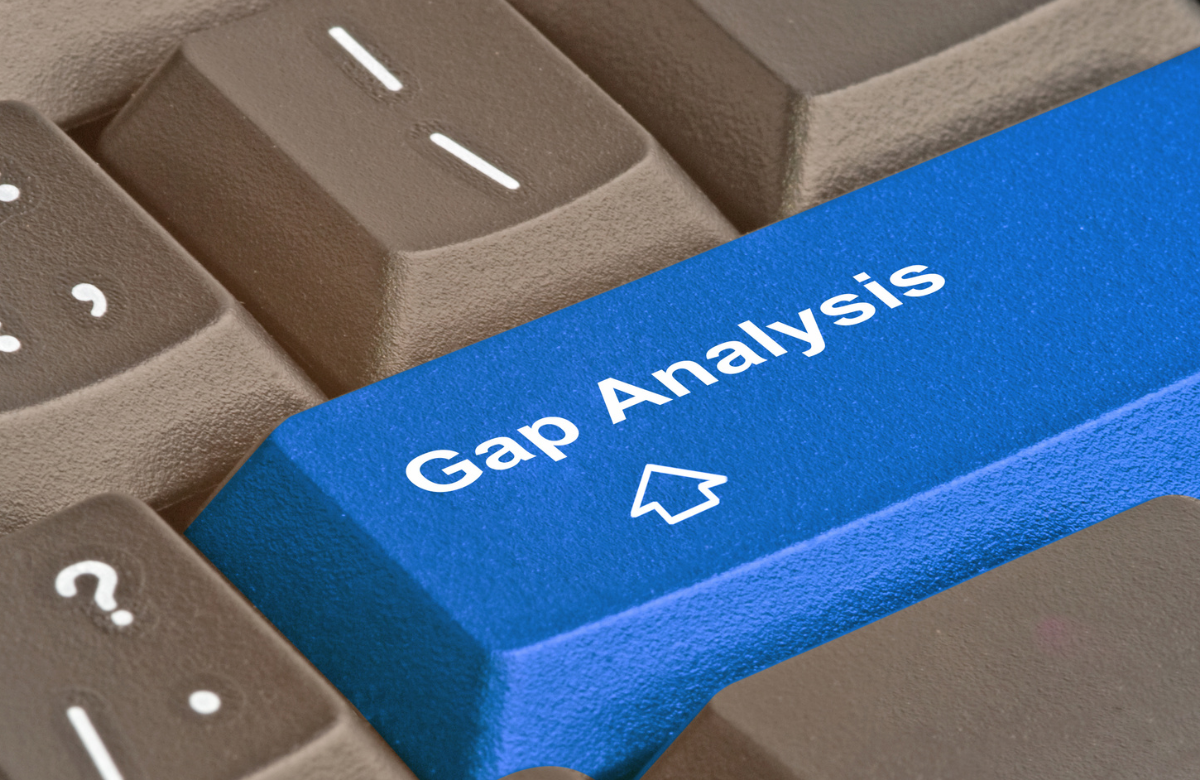Driving Strategic Growth through Gap Analysis
Gap analysis is a powerful tool for organisations looking to align their operations with strategic goals. This blog explores how businesses can leverage this process to identify inefficiencies, prioritise changes, and drive sustainable growth.
Growth is essential for every organisation, but achieving it sustainably requires deliberate and informed decisions. Gap analysis, a key component of process and efficiency audits, offers a structured approach to identifying operational inefficiencies and aligning them with strategic objectives. By understanding where an organisation stands and where it needs to go, gap analysis becomes a catalyst for sustainable and impactful growth.
What is Gap Analysis in a Strategic Context?
Gap analysis is the process of comparing current operational performance with desired benchmarks or strategic goals. It evaluates:
1. Performance Gaps: Areas where processes are underperforming.
2. Capability Gaps: Missing skills, tools, or resources needed to meet objectives.
3. Strategic Gaps: Misalignments between operations and long-term business goals.
The purpose is to prioritise actionable changes that bridge these gaps and drive progress towards organisational objectives.
How Gap Analysis Drives Strategic Growth
1. Identifying Inefficiencies That Hinder Growth
Operational inefficiencies, such as bottlenecks in workflows or misaligned resource allocation, often prevent businesses from scaling effectively. Gap analysis pinpoints these issues, providing a clear roadmap for improvement.
2. Aligning Operations with Strategic Goals
Daily operations sometimes diverge from the organisation’s long-term objectives. Gap analysis ensures that operational strategies align with broader business priorities, optimising effort and resources.
3. Prioritising Investments
Not all gaps are equally critical. A well-executed gap analysis highlights areas with the greatest potential return on investment, allowing leadership to focus resources where they will deliver the most significant impact.
4. Enabling Data-Driven Decision-Making
By relying on data and measurable metrics, gap analysis removes guesswork, enabling leadership to make informed and confident decisions.
Case Study: Realigning for Growth
A mid-sized technology company sought to expand its market share but faced challenges with inconsistent project delivery timelines and rising operational costs.
Findings
1. Delays caused by inefficient resource allocation and approval processes.
2. A lack of expertise in emerging technologies, creating a skills gap.
3. A misalignment between operational focus and high-growth client sectors.
Outcomes
After implementing the recommendations:
• Project delivery timelines improved by 30 percent, significantly enhancing client satisfaction.
• Investment in targeted training programmes increased team expertise in emerging technologies.
• A refocused sales strategy led to a 25 percent revenue increase from high-growth client sectors within one year.
Key Benefits of Gap Analysis for Strategic Growth
1. Scalable Solutions: Addressing inefficiencies creates a robust foundation for growth without overburdening existing systems.
2. Resource Optimisation: Prioritising actions ensures that time, budget, and effort are directed towards initiatives with maximum impact.
3. Competitive Advantage: Resolving operational and strategic gaps positions businesses to outperform competitors.
4. Continuous Improvement: Regular gap analyses help organisations adapt and refine strategies as market dynamics evolve.
Best Practices for Effective Gap Analysis
1. Define Clear Objectives: Align the gap analysis process with specific organisational goals to ensure actionable outcomes.
2. Engage Cross-Functional Teams: Include input from all relevant departments to gain a holistic understanding of operations.
3. Leverage Data: Use performance metrics and analytics tools to validate findings and identify trends.
4. Develop Prioritised Action Plans: Rank recommendations by their potential impact and feasibility to focus on high-value changes.
5. Monitor Progress: Establish measurable benchmarks to track improvements and refine strategies as needed.
Conclusion
Gap analysis is more than a diagnostic tool; it is a strategic instrument for growth. By identifying inefficiencies, aligning operations with goals, and prioritising impactful actions, businesses can achieve sustainable improvements and long-term success.
For organisations seeking clarity and focus in their growth strategies, gap analysis provides the structure and insights needed to turn aspirations into tangible achievements.

